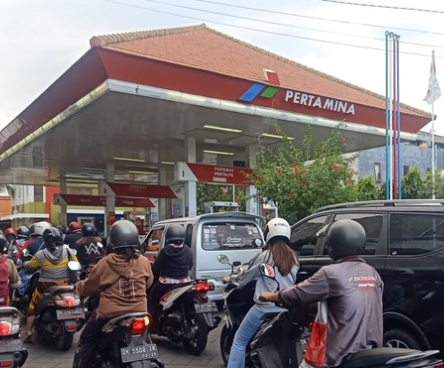
STRATEGIC ASSESSMENT-Europe’s cocaine market is expanding amid “unprecedented levels” of trafficking and “historically high availability,” EU agencies said in a report on Friday, warning that the continent is increasingly becoming a hub for the production and trans-shipment of drugs around the world.
The growth in the European market is driven by high levels of production in South America and new production capabilities inside Europ itself, the joint report by Europol and the European Monitoring Centre for Drugs and Drug Addiction (EMCDDA) said.
This has resulted in “record levels of drug availability, rising violence and corruption, and greater health problems” across the continent, EMCDDA director Alexis Goosdeel said in a statement.
Cocaine is the second-most-consumed drug in Europe after cannabis, with a market value of around €10.5 billion ($11.1 billion) in 2020, the report said. Around 3.5 million Europeans aged between 13 and 64 reported using the drug in the past year. This could grow even more as new types of “smokable cocaine products” with added health risks appear on the market, it added.
Record amounts of cocaine have been seized on the continent for four consecutive years, with 2020 seeing a 6% rise from 2019. Belgium, the Netherlands and Spain accounted for three-quarters of the European total – but large quantities were also seized in Italy, Frace, Germany and Portugal, according to the report. Entry points for shipments are also diversifying, with larger amounts being seized in Eastern Europe and Turkey.
The EU report also warned about a “small, but steadily growing” methamphetamine market in the EU. Methamphetamine, the most widely consumed synthetic stimulant drug in the world, is produced in the region to supply internal and external markets. Europe is also a destination and transit zone for the drug from other production hubs in the Middle East, Africa and South America, the report said.
Europol Executive Director Catherine De Bolle said fighting the illegal drug trade remained a “key priority” for the EU and that “understanding the market dynamics” is crucial in formulating effective law enforcement responses.







